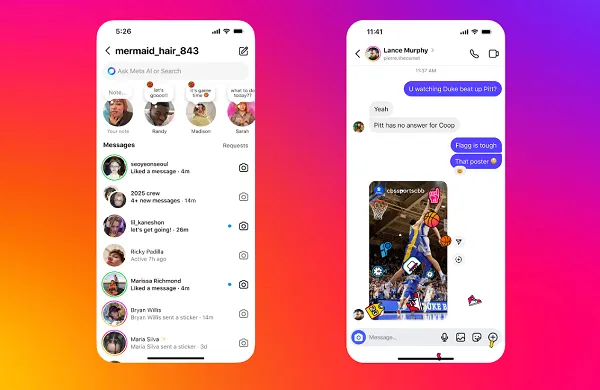From space exploration to presidential politics, the Elon Musk effect has been felt in a huge swath of industries and arenas around the globe. Now it’s private aviation’s turn to experience the Musk Effect, as his SpaceX company rolls out its Starlink WiFi service to business aircraft and commercial airliners. Starlink passengers can not only email and text but also watch movies, play online games, conduct multiparty Zoom calls, use Slack and Google Docs that require quick responses, run cartoons for the grandkids in the rear of the cabin—and all at once if necessary.
“One of our clients was able to take Teams calls; it’s an office in the air for him,” says Harry Ackerman, founder and CEO of private-aircraft charter service Opul Jets. “You’re getting 200 megabytes a second at 40,000 feet. There’s nothing else like it out there, and it’s a fraction of the cost” of existing services. “It’s the ultimate game-changer for us.”
Starlink leverages a network of more than 7,000 low-earth orbit (LEO) SpaceX satellites scattered across the skies, each hovering less than 1,000 miles from Earth, so data only needs to travel a relatively short distance. That fixes the latency problem that has plagued in-air Internet service since its inception. And Starlink ensures continued connectivity over large bodies of water.
Legacy WiFi systems for private and commercial aviation operate from cell towers and fiber networks on the ground or from geostationary satellites in orbit more than 20,000 miles out. Companies like Panasonic, Intelsat and Viasat use proprietary tech platforms, each with specific antennae, radio frequencies and satellite technologies. Speed and reliability is spotty at best.
Alternatives to Elon
Starlink will soon have more competition. Legacy WiFi provider Gogo is launching a LEO system it calls OneWeb that will use a satellite constellation owned by Eutelsat, with many fewer satellites than Starlink. And Amazon has Project Kuiper, a LEO system that will expand broadband service to hard-to-reach locations—with the advantage of its Amazon Web Services platform. Amazon’s plans for aviation markets are unclear.
It costs about $150,000 to outfit a large-cabin aircraft with Starlink. The cost for unlimited data on a Gulfstream 650, for instance, has dropped to about $10,000 a month from an initially cited $25,000 a month. That’s less expensive than legacy systems able to handle only about 5 percent of the data that Starlink can process.
“It’s the same sort of difference you saw moving from BlackBerries to iPhones,” says Jeff Shaw, director of sales for the ProStar Aviation maintenance, repair and overhaul outfit. “The old technology is no longer relevant. Everyone loved their BlackBerries, but they were immediately irrelevant when smartphones came out.”
Starlink hardware also represents a step change. Its signal receptors are “phased-array,” solid-state antennae designed to address reliability issues from the moving parts susceptible to the elements in legacy systems. Gogo’s Galileo system will also use solid-state antennae.
LEO conveniences pile up. Passengers can access the Internet as soon as they board rather than waiting to reach a certain altitude. And they won’t lose access as the aircraft descends, unlike on other providers today.
Early Adopters
Flexjet, the second-largest operator of private aircraft, began looking at connectivity technologies three or four years ago, says Jay Heublein, president for the global maintenance and product division. “We looked at every potential technology, both existing and emerging, and we kept coming back to the fact that LEO technology conceptually made the most sense.” Starlink and Musk’s then-fledgling service emerged as the “hands down” leader, Heublein says. “It takes enormous capital commitments to do this, and Elon was one of the few people who actually had the capacity to pull it off.”
Flexjet began working closely with Starlink and became an authorized dealer, and now an installation binge is underway. “We’ll have all of our large-cabin aircraft upgraded by the end of 2025,” Heublein promises. “And our goal is to have the entire fleet upgraded” by early 2026.
While Gogo’s Galileo system purports to give Musk a fight, Starlink is expected to be an outsized player in the future of LEO systems. Musk is “the quintessential technology disrupter of our time,” Heublein says.
Northstar Group’s Craig Picken avers, “The fact that Elon Musk has his hands on it means a lot of customers are saying, ‘Should I go with Gogo, Satcom or Viasat, or just wait to see what Elon comes out with?’ While everyone else is playing checkers, he’s playing chess.”






































































